P16800 Speed Signal Doubler
Doubling, Conversion, and Isolation of Speed Sensor Signals
Function
- Doubling of speed signals and thus simplification of system integration in rolling stock
- Optional conversion of the speed signal and thus increased compatibility of speed sensors
- Galvanic isolation of the speed signal and thus protection of downstream components
- Functionally safe signal processing according to EN 50129 (SIL 4 and SIL 2)
- Compact modular housing for DIN rail or wall mounting
- 5-year warranty
The P16800 speed signal doubler is used to double the signals from speed sensors. It decouples signals from single or dual-channel speed sensors in a functionally safe and non-interacting manner in accordance with EN 50129 (SIL 4). The pulses are transmitted 1:1 from the input to the output, i.e., frequency and phase angle remain unchanged. The transmission of the rotary encoder signals is also functionally safe in accordance with EN 50129 (SIL 2), whereby the P16800 also galvanically isolates the signals. For the connected controller, the outputs of the P16800 appear like a rotary encoder. Like the rotary encoders, the P16800 is supplied with power via the connected controller.
If required, the signal can be converted from a current signal to a voltage signal or from a voltage signal to a current signal. Optionally, the frequency at the output can be reduced compared to the input at a ratio of 2:1, 4:1, or 8:1.
Use of the P16800 simplifies the retrofitting of rolling stock with control systems that require speed information, or makes such retrofitting possible in the first place. In new vehicles, the number of speed sensors can also be reduced, which optimizes acquisition and maintenance costs.

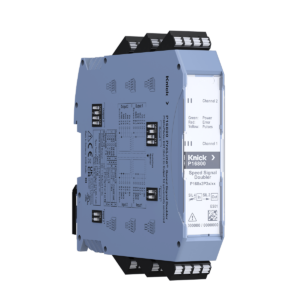
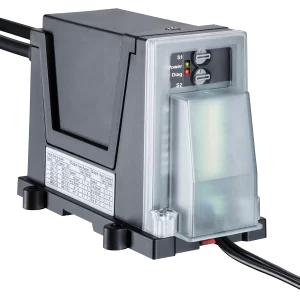

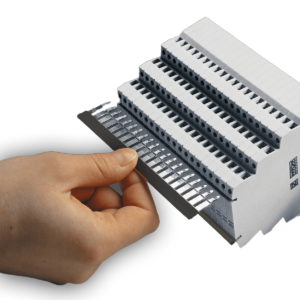
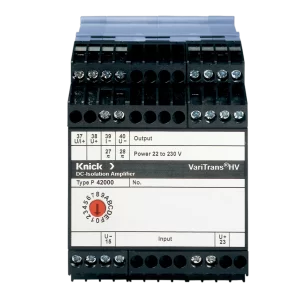
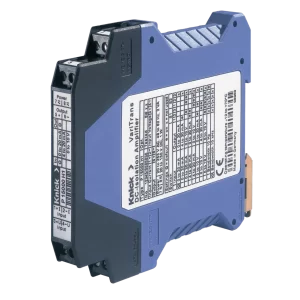
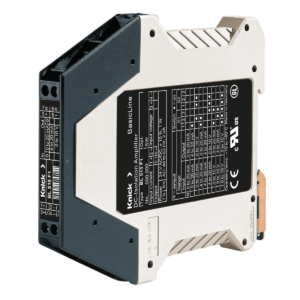
Reviews
There are no reviews yet.